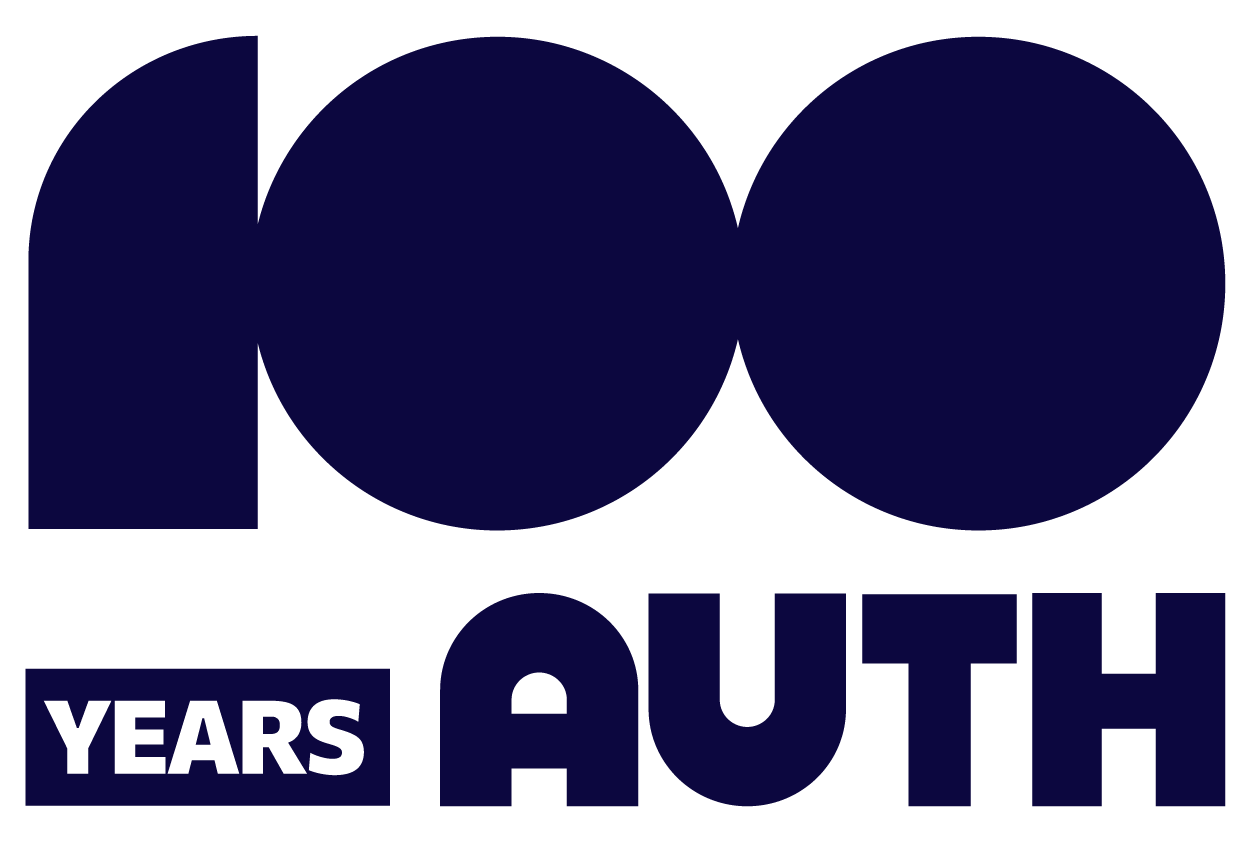
The course approaches metaphor and metonymy from a Cognitive Linguistic perspective. Far from being stylistic devices, metaphor and metonymy are inevitable processes of human thought and reasoning and their linguistic realizations are motivated and experientially grounded. The course introduces students to the study of metaphor and metonymy at the level of language, thought, and communication. Topics discussed include conceptual domains, mappings, kinds of metaphor, kinds of metonymy, metaphor – metonymy interaction, their connection to polysemy and idiomaticity, metaphor identification procedures in discourse, deliberate use and communicative effects, multimodality, interdisciplinary applications.
Assessment: final written exam and optional assignment.